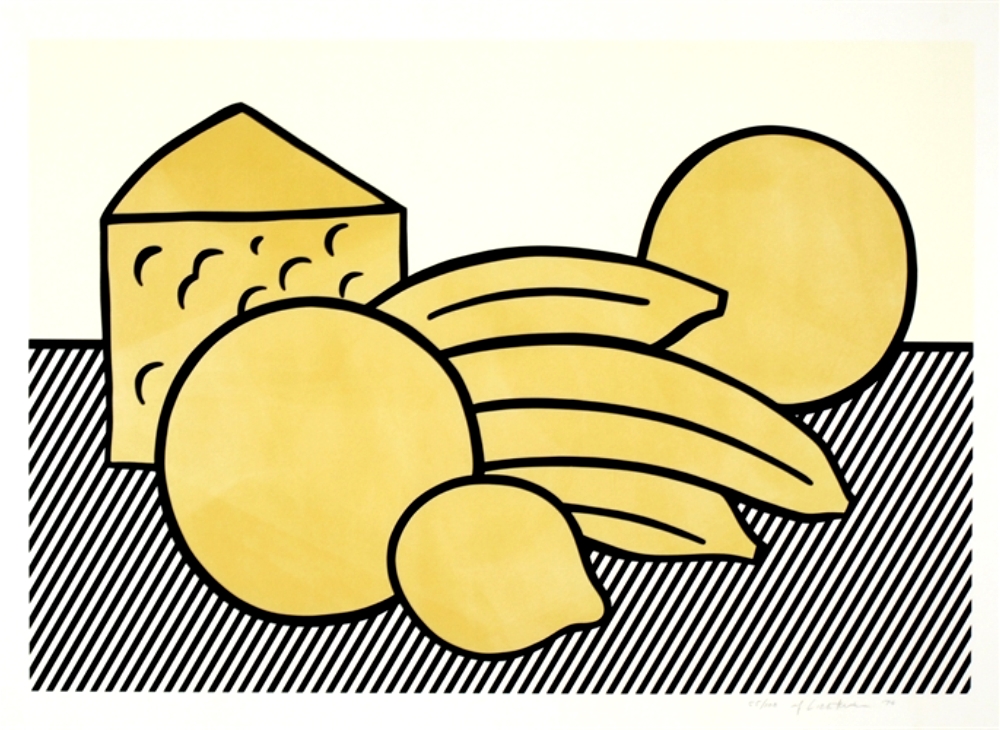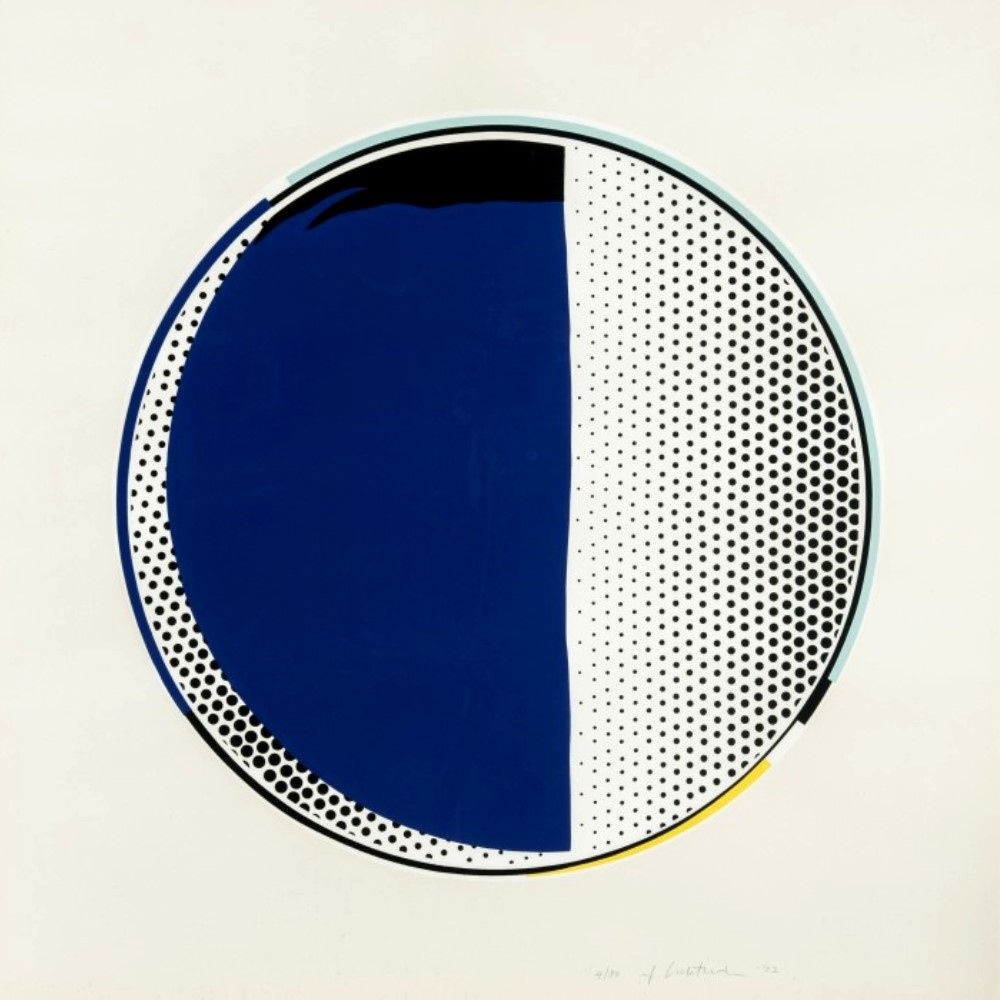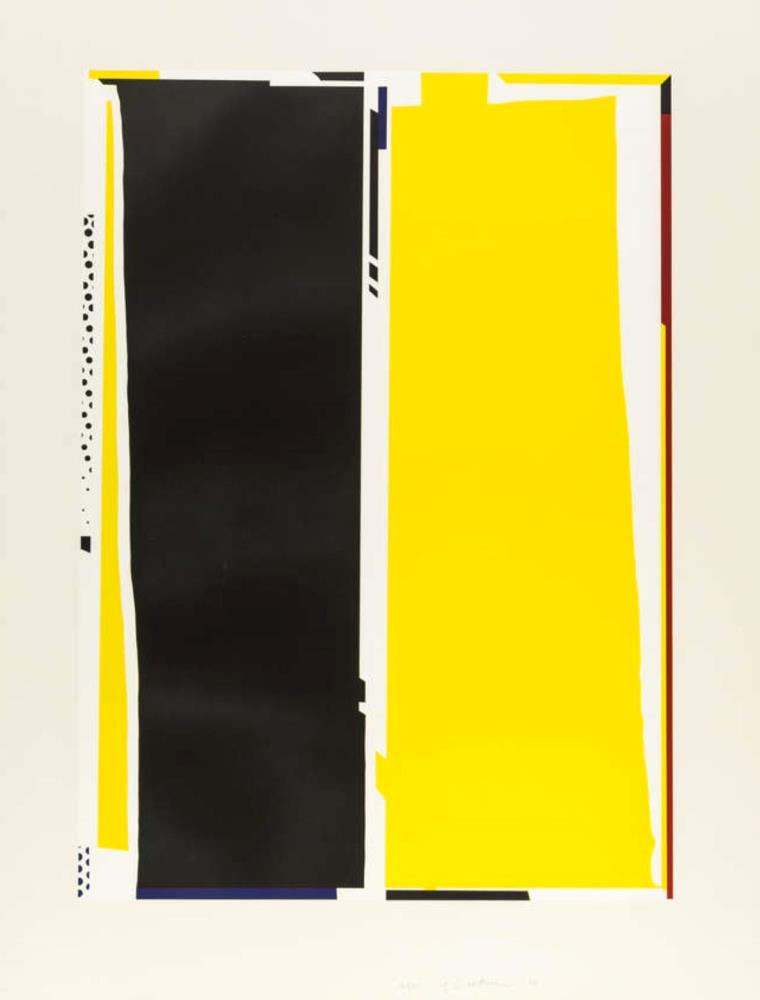Roy Fox Lichtenstein was born on October 27, 1923 and died on September 29, 1997. He was an American pop artist. During the 1960s, along with Andy Warhol, Jasper Johns, and James Rosenquist among others, he became a leading figure in the new art movement.
His work defined the basic premise of pop art through parody. Favoring the comic strip as his main inspiration, Lichtenstein produced hard-edged, precise compositions that documented while it parodied often in a tongue-in-cheek manner. His work was heavily influenced by both popular advertising and the comic book style. He described pop art as “not ‘American’ painting but actually industrial painting. His paintings were exhibited at the Leo Castelli Gallery in New York City.
Besides Andy Warhol, Roy Lichtenstein is probably the best known representative of Pop Art. Pop Art was formed in the 1950s independently in the USA and England and spread throughout North America and Europe in the 1960s.
The motifs of Pop Art originate from everyday life, the mass media, advertising and the consumer world. The illustrations are mostly striking and photo-realistic. The forms are, like in Roy Lichtenstein’s work, often outlined in black color, equally to comics, as well as designed in primary colors. Thematically, Pop Art deals with both the enthusiasm and the criticism of the affluent society of the 1950s and 1960s. In his early work, Roy Lichtenstein was still strongly influenced by Pablo Picasso and his Blue and Rose Period. The first signs of Pop Art in his work can be found in 1956.
The international breakthrough came in 1961 with his work ‘Look Mickey’. From the 1980s onwards, he returned to his artistic roots, which can be found in Surrealism and Expressionism. Roy Lichtenstein exhibited at the documenta in Kassel in 1968 and 1977. In addition to paintings, he created serigraphs and woodblock prints, collages, ceramics and sculptures.
#biography



